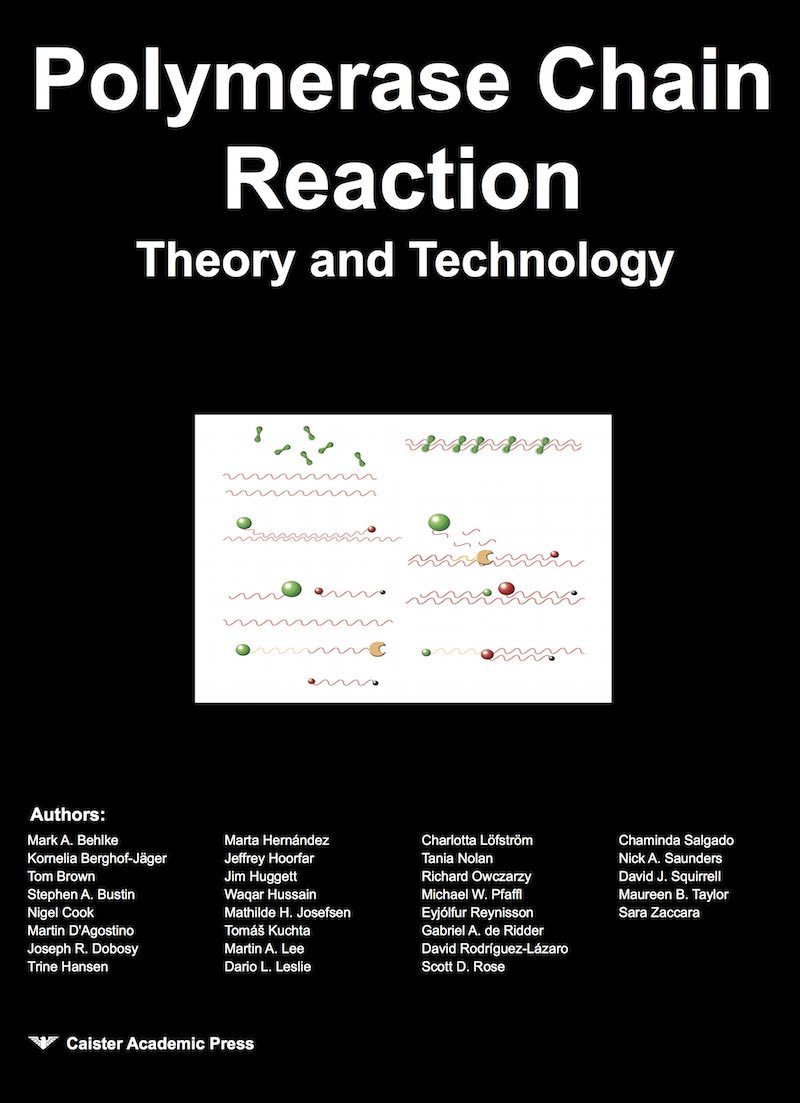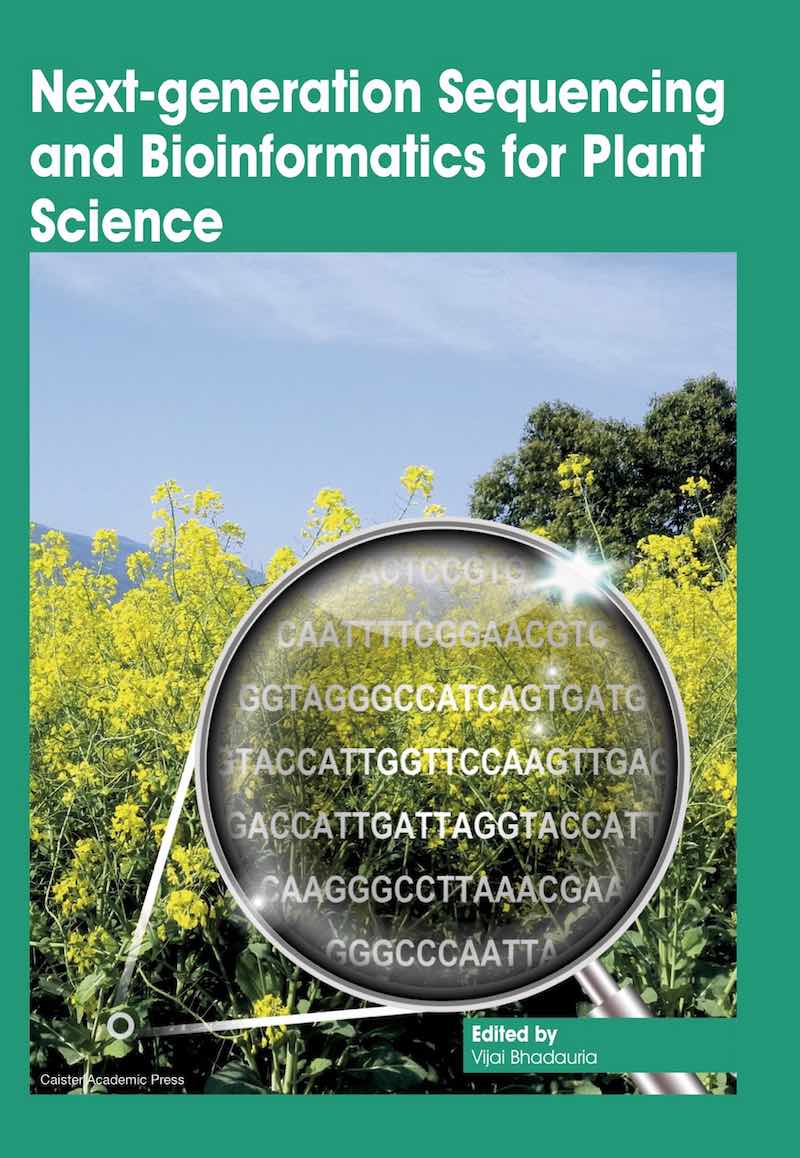Multigene Family
Multigene Families
DNA duplications that involve one or more genes generate gene pairs. If both copies are maintained in subsequent generations then a multigene family will exist in the genome. Because most duplications occur adjacent to the original copy, a subsequent duplication encompassing both paralogs may generate a family of four. Chromosomal rearrangements disperse the multigene families throughout the genome. Dispersed members of the multigene family can still be recognized by sequence comparison.Definition of multigene families
The term multigene families is broadly used to include groups of genes from the same organism that encode proteins with similar sequences either over their full lengths or limited to a specific domain. The significance of recognizing multigene families is that the members may have related functions. Genes that are identical or nearly identical in sequence and regulation can be considered to encode isoforms rather than members of a multigene family. In addition, genes that were derived from a common ancestral gene but have diverged extensively may not be recognized as related.The term super-family is used to describe a group of proteins with significant sequence similarity to each other but with clearly defined multigene families. The individual multigene families are likely to have distinct functions that select for shared sequences that vary from the global consensus sequence seen in the whole super-family.
The term "clan" is used for related protein families that share some properties but display no clear phylogenetic relationship with each other. It covers cases of convergent evolution of proteins with similar functions but no convincing evidence of a common origin.
Comparative genomics has increasingly shown that most eukaryotic genes are derived from genes that were present in one form or another in the eukaryotic ancestor. Subsequent gene loss or amplification led to quantitative and qualitative differences observed in distant phyla.
Further reading
- Epigenetics: Current Research and Emerging Trends
- Next-generation Sequencing: Current Technologies and Applications
- Genome Analysis: Current Procedures and Applications



